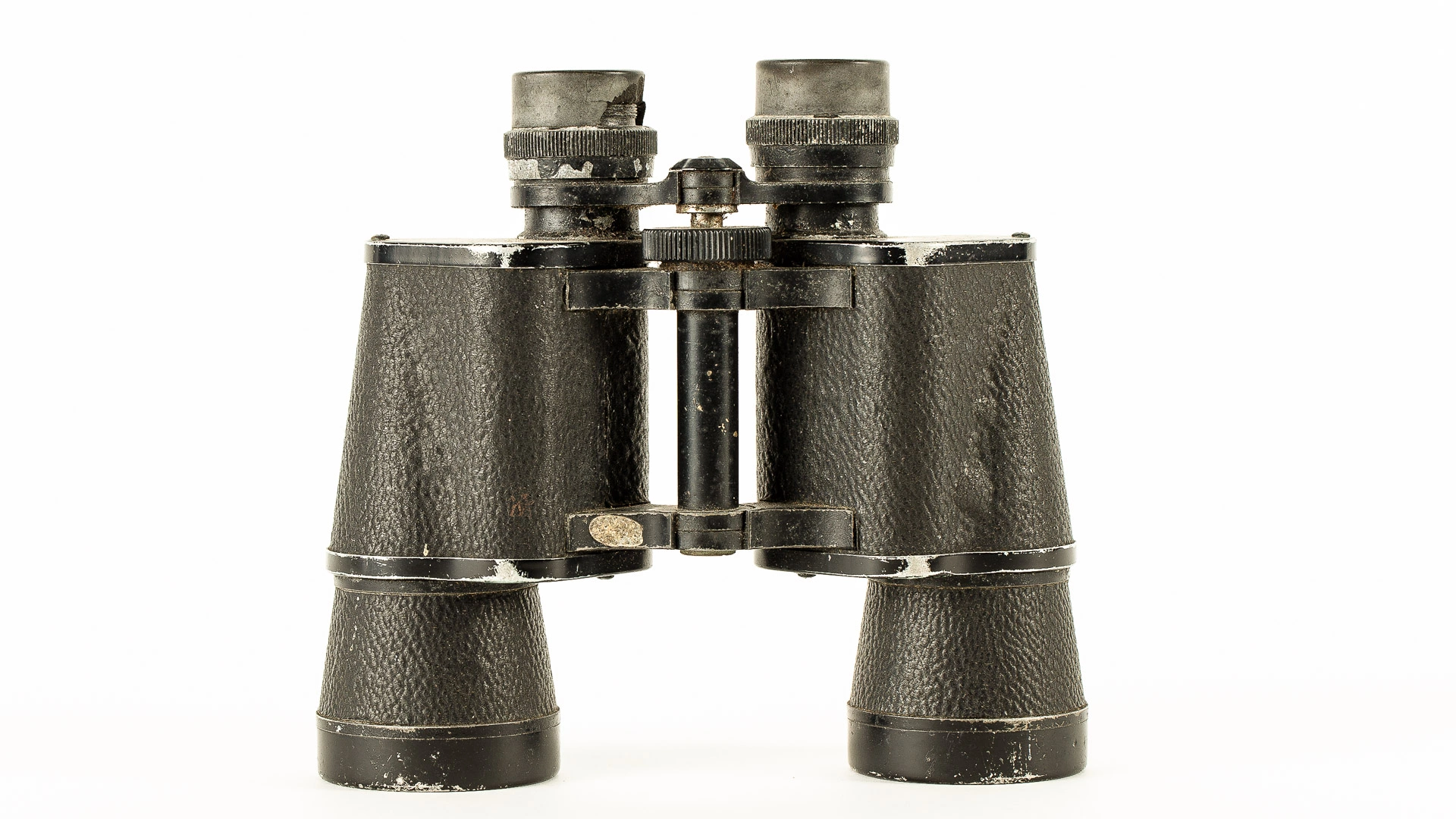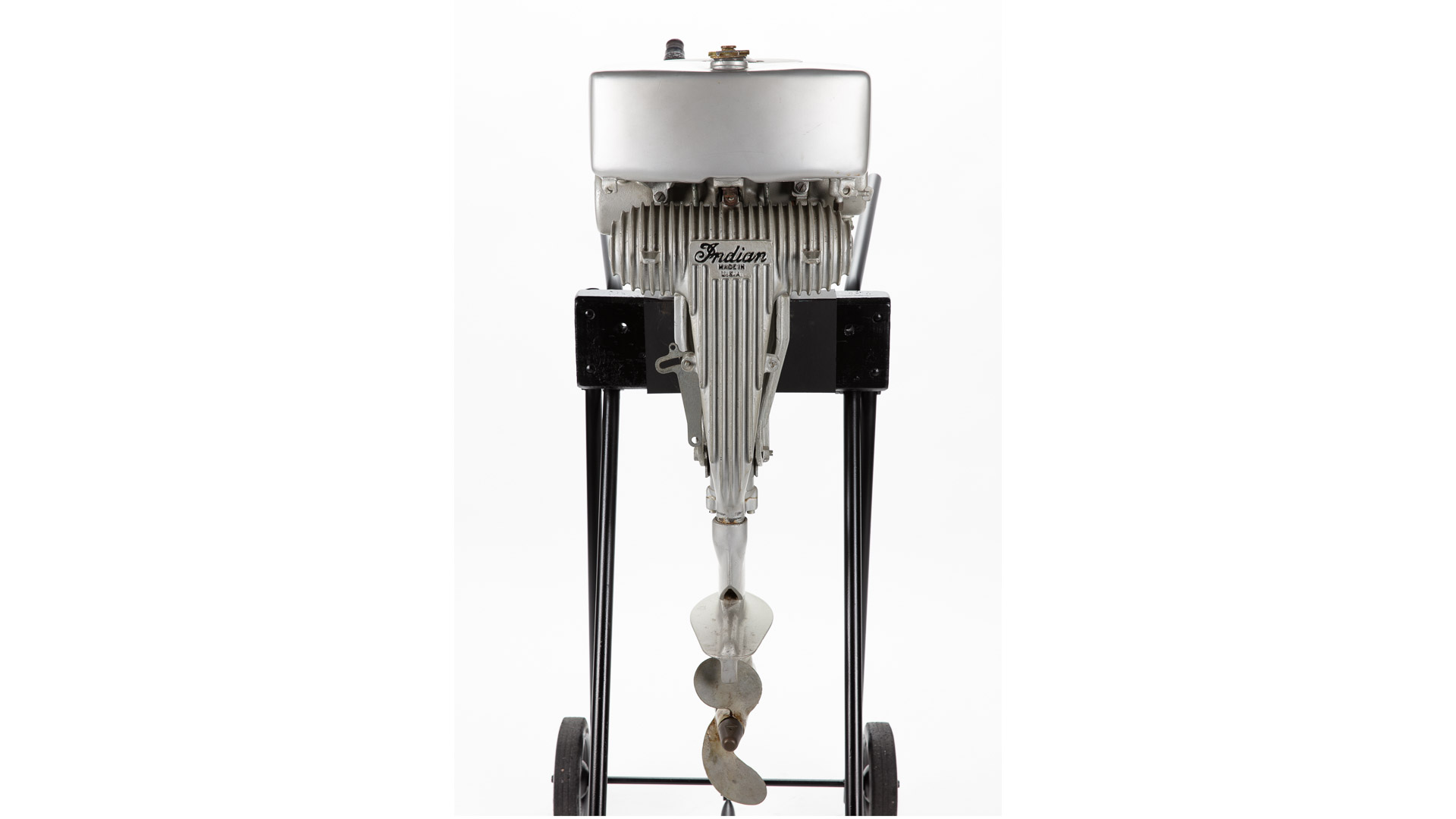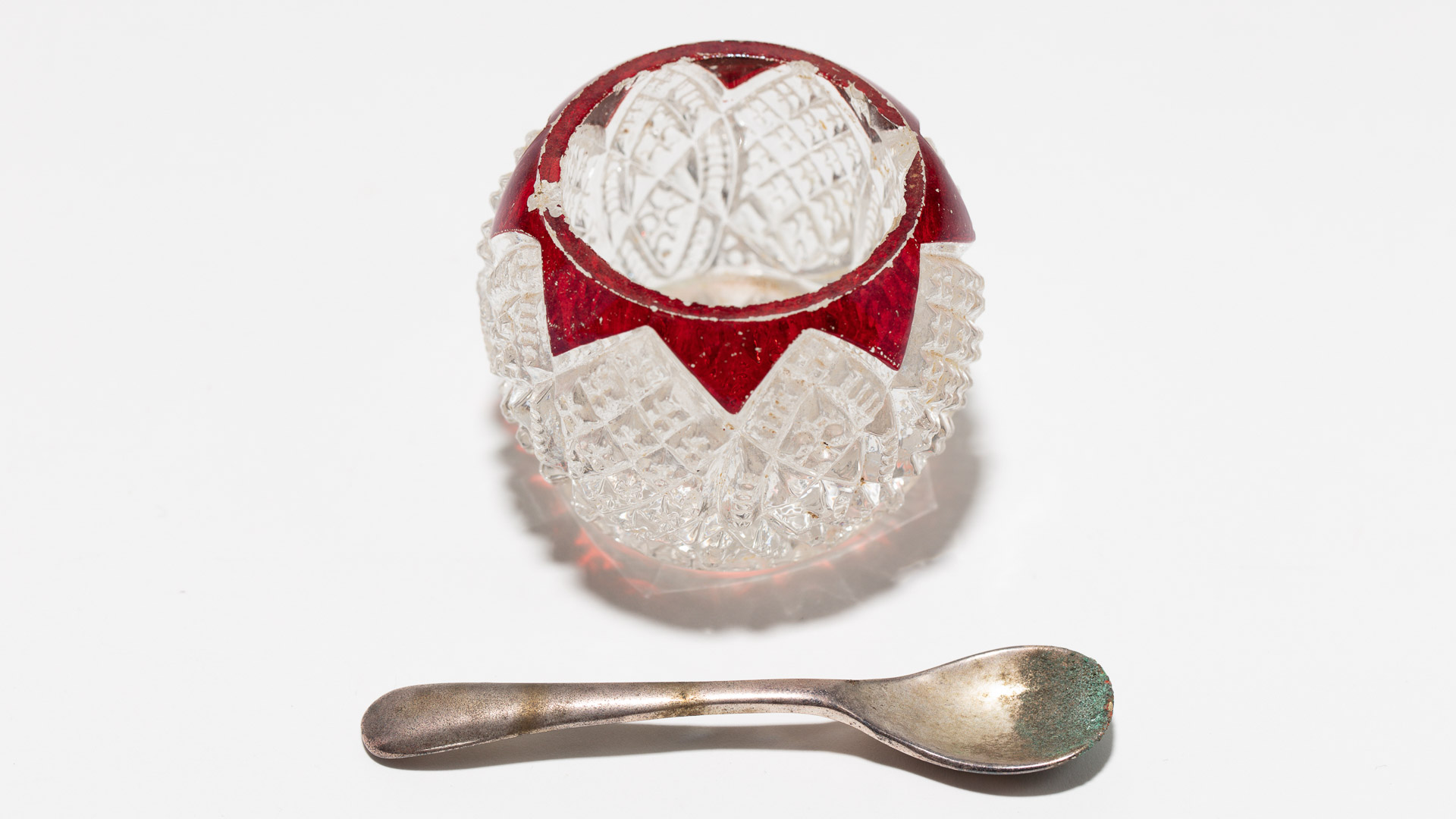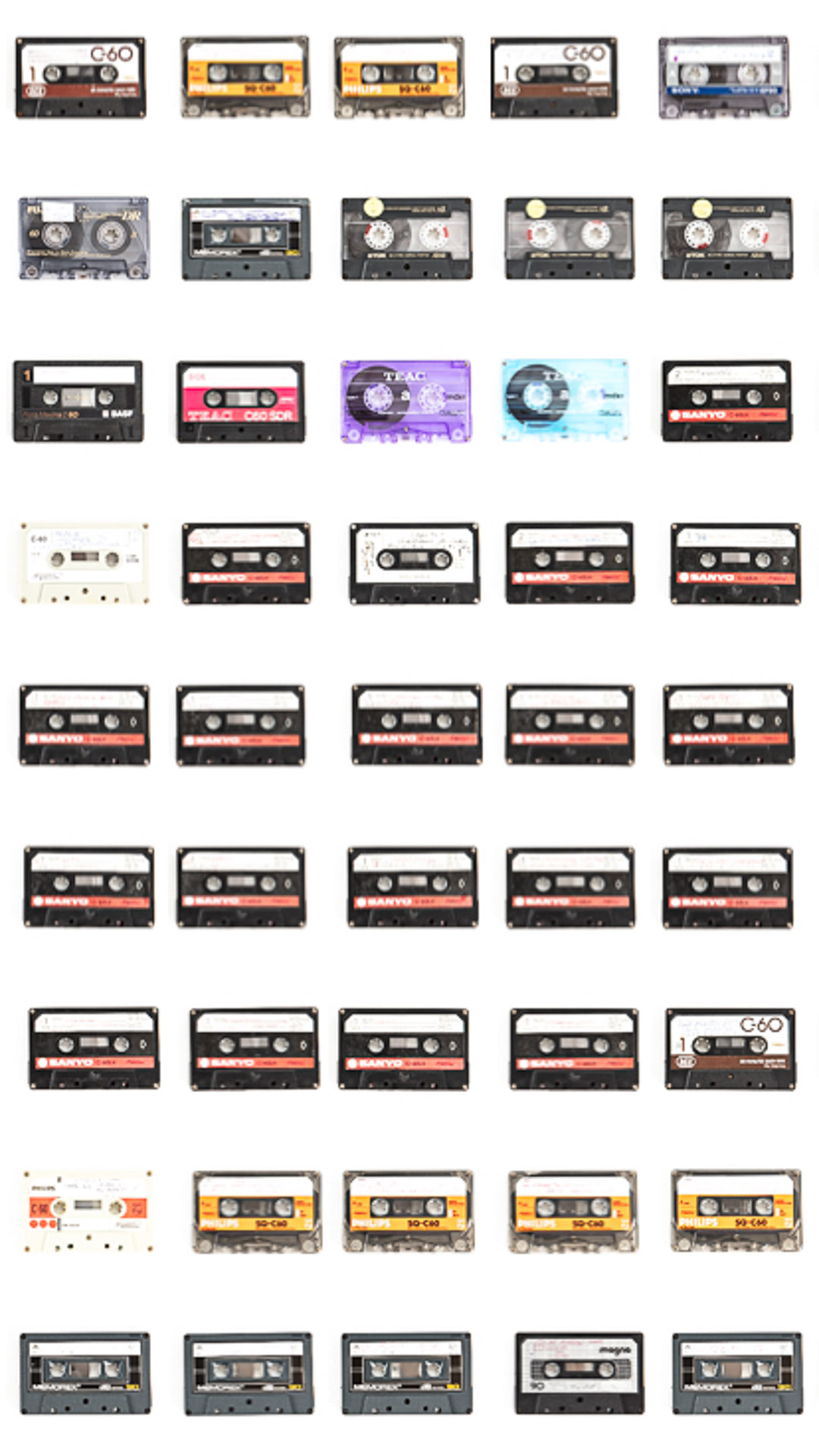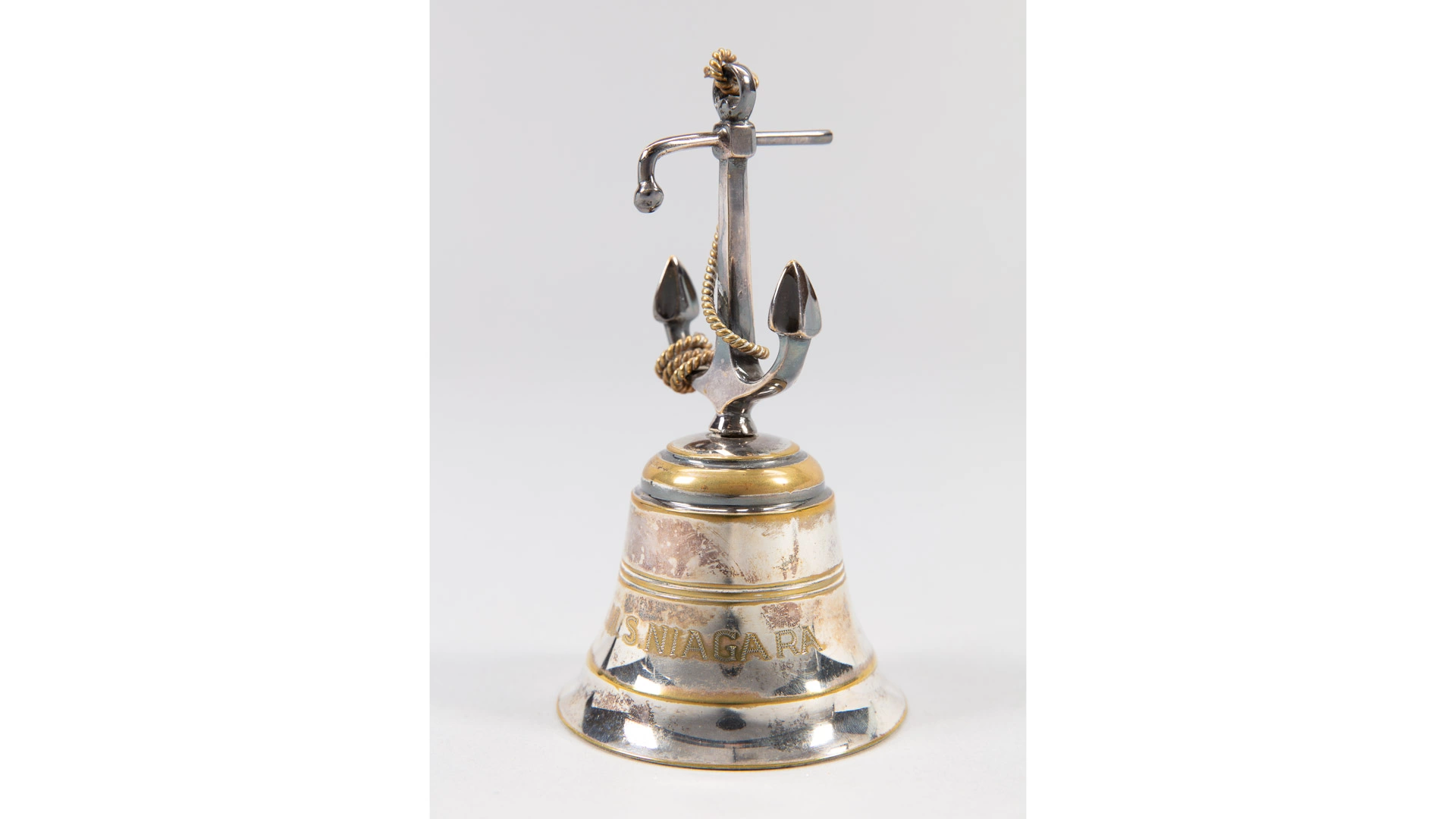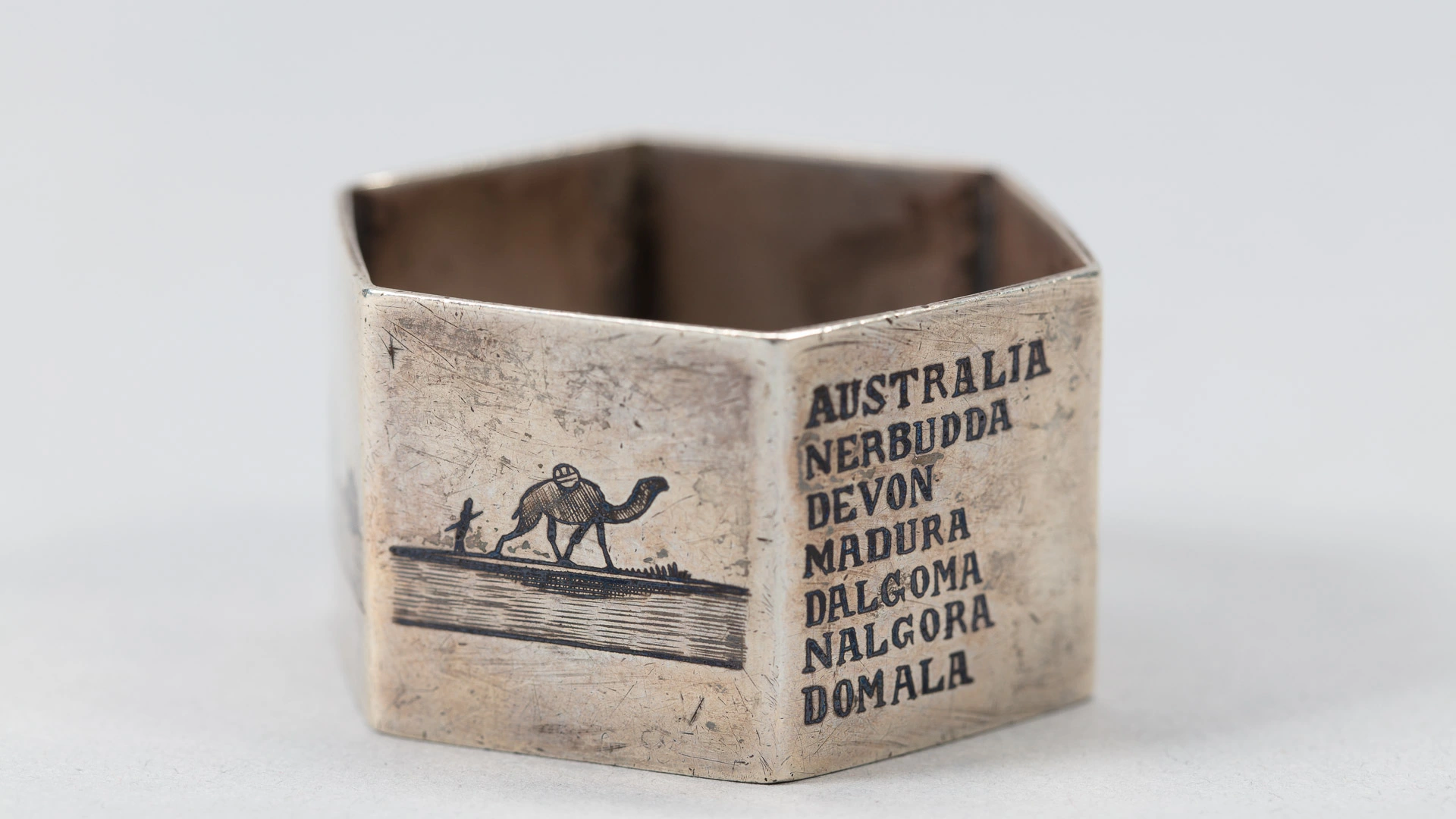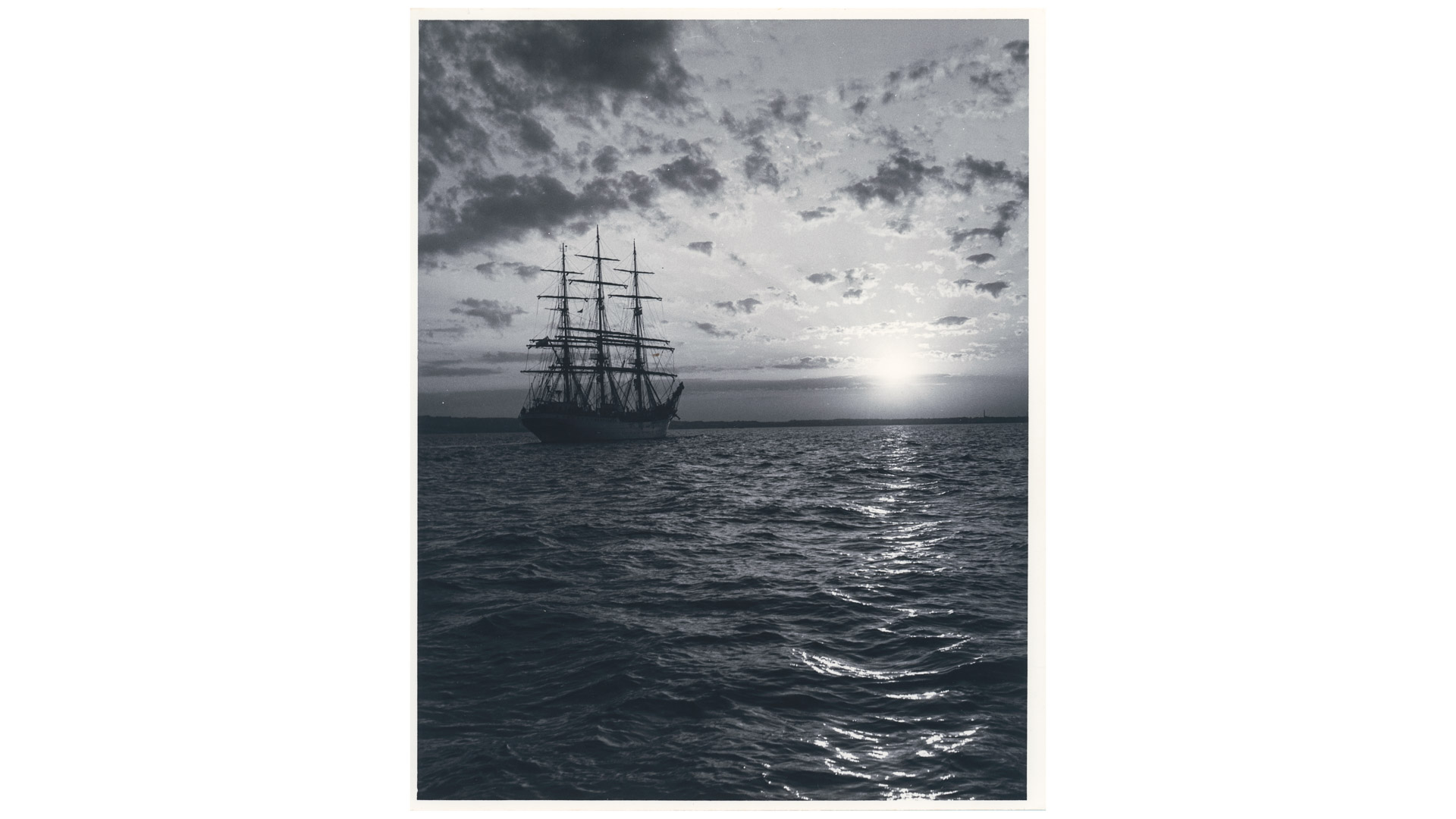Digitisation at the Maritime Museum: Part 1
This is part one in our series on digitisation at the New Zealand Maritime Museum Hui Te Ananui A Tangaroa. The series is written from a photographer/digitisation tech viewpoint. Over the course of this series, we'll write about how we digitise our collection, the wider process around digitisation and how we (the Digitisation Team) interact with the rest of the organisation.
By Andrew Hales & Katherine Meeten | 29 November 2021
How do we best share our collection and make it accessible to everyone?
Many of the Maritime Museum's collection items must be stored in dark, climate-controlled rooms, typically at a closed location off-site. Even if we could guarantee these conditions within the museum's public galleries, we simply don’t have enough space to put everything on display.
The Maritime Museum has over 3 million taonga in our collection, ranging from the Auckland Harbour Board archives to heritage vessels, tableware to pieces of furniture - even personal histories from maritime professionals and explorers. We have a strong desire to share our collection, to show people how broad it is and how much information it contains, and we’d like people to learn from it and enjoy it as much as we do.

